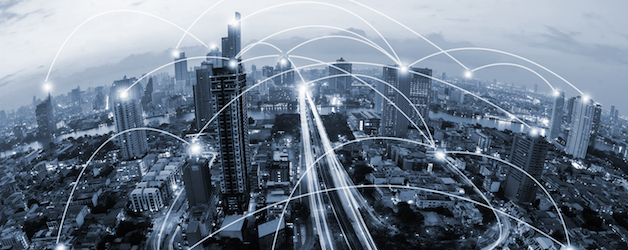
The loading circle spins and spins while you sit waiting for your content to show up. It’s frustrating at best.
Or maybe you’re on your way to dinner when suddenly your GPS system freezes, announces it’s calculating, and you pull over to the side while you wait for directions.
It’s something we all have witnessed from time to time.
Now imagine you’re in an autonomous car, making your way through rush hour traffic and it freezes, calculating, trying to figure out its next move.
Or what if during surgery, technology freezes and no longer can perform? What happens to the patient if it goes down for a minute? How about ten?
With some forms of technology, it can be downright deadly to lose connection.
The idea of edge computing isn’t a new one. It refers to the computing infrastructure that exists close to the source of the data. It enables analytics and data gathering to occur at the source of the data.
While cloud computing has been gaining in popularity over the past decade, some things about it have been changing recently. Because of the potential for speed loss between the cloud and the end user, the role is moving more to processing data for machine learning purposes, instead of taking an active role in immediate data processing needs.
That’s where edge computing comes back to popularity. Devices like drones, autonomous cars, and robots require extremely rapid processing. Sending data to the cloud and back to get answers is simply too slow for some situations.
It’s also being driven by the Internet of Things. The sheer number of computers and devices in use in the world is increasing tenfold. It’s forcing the way we think about computers to change forever. When everything is “smart,” we need things to perform to their greatest ability as we need them. Whether that’s in nanoseconds or not.
The reasons companies are moving to the edge is for speed and pure practicality.
For some devices, it ceases to be practical to send data to the cloud because of the volume involved. An autonomous car creating a constant influx of data while it moves and makes decisions is best kept in an area where it can make decisions fast. Storing isn’t as big of a deal.
It also comes down to privacy issues, where data may be considered too sensitive to flow to the cloud and be more accessible to all. If it’s contained on one device, it’s easier to secure.
What’s next? With the Internet of Things coming on strong, only time will tell what helps us grow as a society. Your job is to ensure you take full advantage of all that is offered and put the current technology to its best use. Our job is to help you keep it safe and secure.


